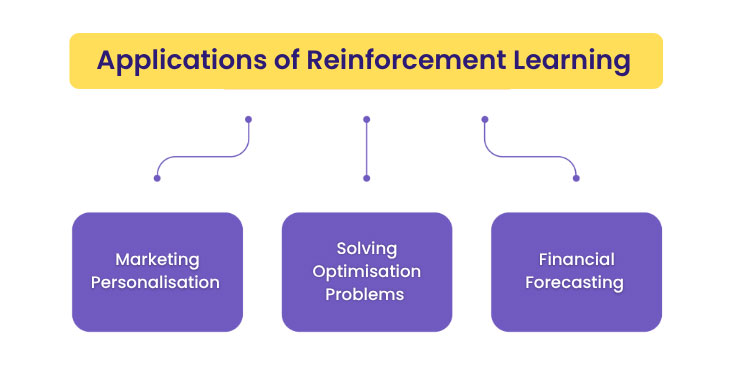In the rapidly evolving market of technology, data science using Python has emerged as a field of immense potential and opportunities. It doesn’t matter whether you belong to the IT or the non-IT industry, Data science can accommodate everyone but even data science also has its priority and that is skillsets. Those skills need a programming language as a strong foundation and choosing a strong foundation matters the most choosing the right programming language is the most crucial step as it strengthens you for the upcoming skillsets. In today’s era, among various programming languages, Python has grown to be the market leader.
In this blog, we will explore why Python is the best choice to create a career in the data science field by comparing its benefits with other popular languages of the market like Java, Scala, R, and SQL.
Evolution of Python in Data Science
Data science has been in the market for many years using various different tools but the introduction of Python has unleashed the true limitless potential of this field. The simplicity, versatility, and extensive ecosystem make it an ideal option for beginners and experienced professionals, and it has captured 80% of the market in the data science field. Now let’s go through the reasons of python’s popularity in the market one by one.
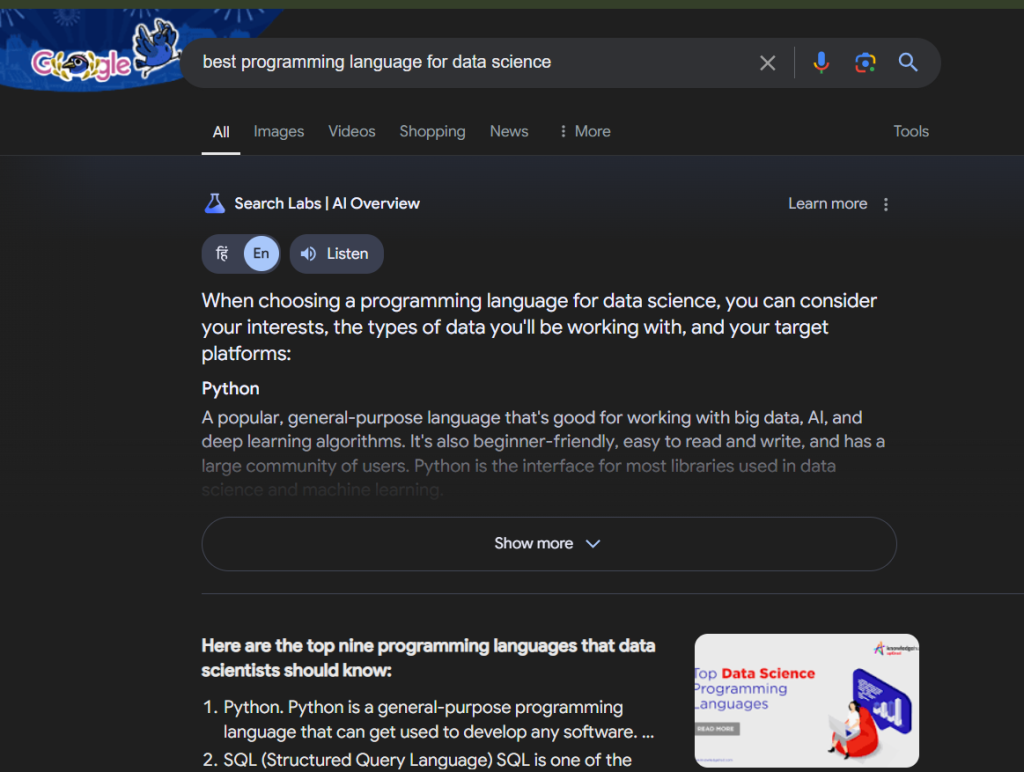
5 Top Benefits of Python:
-
1. Ease of Learning and Use
- Python was developed with a single agenda of making it the easiest language of the industry and it can be seen in the syntaxes. Python’s syntax is straightforward to learn, making it accessible to beginners. The language focuses on readability and simplicity, which allows the new learners to grasp concepts quickly without getting tired of complex syntaxes. This ease of use creates shorter learning curves and faster implementation of projects.
Here are some of the Popular applications that use Python for its simplicity.

2. Extensive Libraries and Frameworks
Python has a rich ecosystem of libraries and frameworks that cater to almost every requirement of its users in the easiest way possible. Libraries such as Pandas, NumPy, and SciPy facilitate data manipulation, statistical analysis, and numerical computations. For machine learning, libraries like Scikit-Learn, and TensorFlow provide robust tools to build and deploy models. Visualization libraries such as Matplotlib and Plotly make data presentations intuitive and visually appealing.
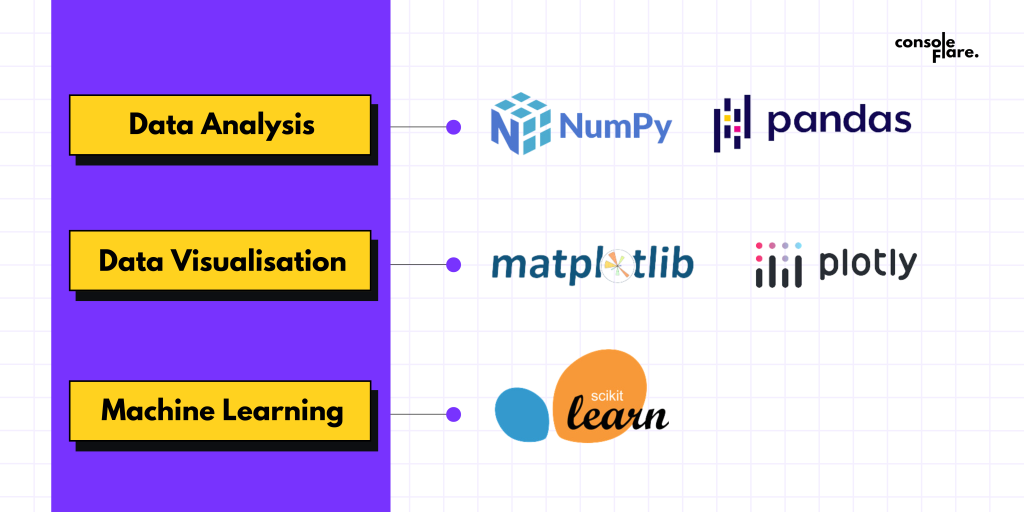
3. Versatility and Flexibility
Python is a general-purpose language, meaning it can be used for a wide range of applications beyond data science. This versatility allows data scientists to integrate their work with web development, automation, and other domains seamlessly. The ability to switch between different tasks without changing languages is a significant advantage.
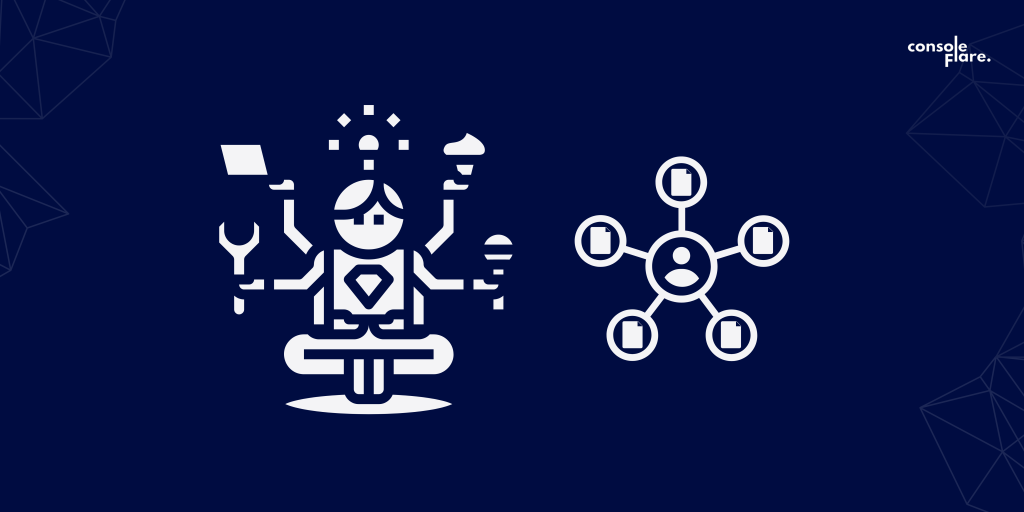
4. Strong Community Support
Python has a vast and active community of developers, which means abundant resources are available for learning and troubleshooting. Whether you’re looking for tutorials, documentation, or forums to ask questions, the Python community is incredibly supportive. This strong community presence accelerates problem-solving and learning for every individual.
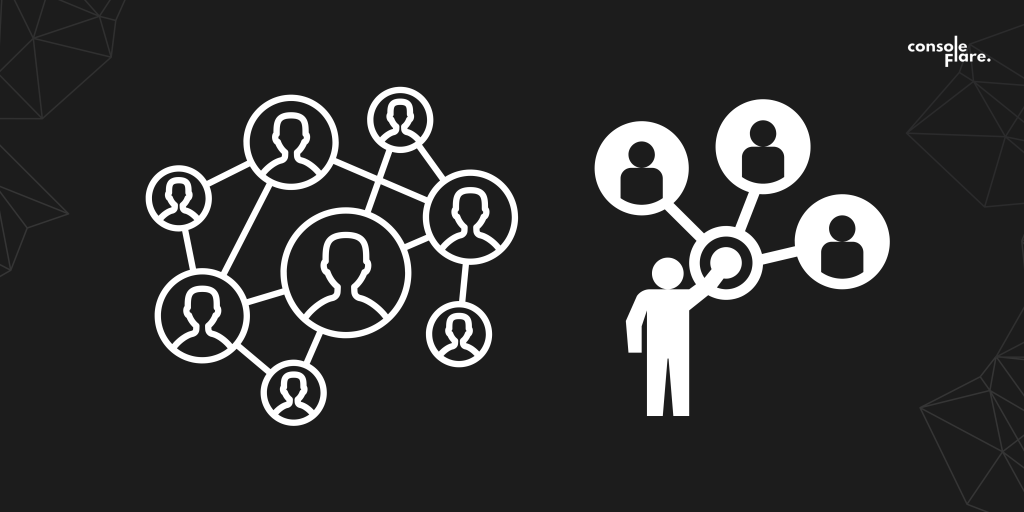
5. Interoperability
Python easily integrates with other languages and technologies, allowing data scientists to leverage the strengths of multiple tools. For instance, Python can call R functions using libraries like rpy2 or integrate with SQL databases through libraries such as SQLAlchemy. This interoperability ensures that data scientists are not limited by the capabilities of a single language.

Limitations of Other Languages
While Python excels in many areas, it is important to understand the limitations of other languages too when it comes to data science. Here is a brief comparison of some of the popular alternatives.
-
1. R
- R is a free software environment for statistical computing and graphics. It compiles and runs on a wide variety of UNIX platforms, Windows and MacOS.
Strengths: It is renowned for its statistical analysis capabilities and has a comprehensive set of packages for data analysis and visualization.
Limitations: R’s syntax can be challenging for beginners, and it lacks the general-purpose versatility of Python. Additionally, R’s performance can be slower for large-scale data processing compared to Python.
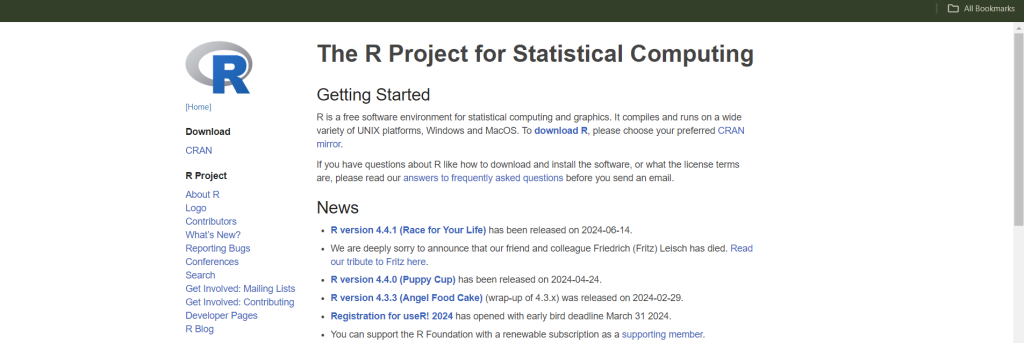
2. SQL
The full form of SQL is Structured Query Language. It helps us in analyzing data but only structured data.
Strengths: SQL is essential for database management and querying. It’s efficient for handling structured data and performing complex queries.
Limitations: SQL is limited to database operations only and lacks the flexibility for broader data science tasks such as machine learning and data visualization. It’s often used in conjunction with other languages like Python rather than as a standalone solution.
3. JAVA
The full form of Java is Just Another Virtual Accelerator. Java is a high-level, class-based, object-oriented programming language.
Strengths: Java is powerful for building large-scale, high-performance applications. It has strong support for concurrency and multithreading.
Limitations: Java’s syntax is more complex and verbose compared to Python, making it less user-friendly for data science tasks. Its data science libraries are not as mature or comprehensive as those available in Python.

4. Scala
Scala is a strong statically typed high-level general-purpose programming language that supports both object-oriented programming and functional programming.
Strengths: Scala is known for its scalability and is often used with Apache Spark for big data processing.
Limitations: Scala has a steep learning curve and its syntax is more complex. The community and resources available for data science are not as extensive as those for Python.

Conclusion:
In conclusion, Python’s combination of ease of learning, extensive libraries, versatility, strong community support, and interoperability make it the optimal choice for data science. While other languages have their strengths and specific use cases, Python’s comprehensive capabilities and user-friendly nature provide a significant advantage for aspiring data scientists.
Whether you’re a beginner looking to break into the field or an experienced professional aiming to enhance your skills, Python offers the best balance of simplicity and power. By choosing Python, you’re not only aligning yourself with the industry standard but also equipping yourself with a tool that can handle the diverse and dynamic demands of data science.
If you’re ready to embark on a rewarding career in data science, consider enrolling in a comprehensive course that focuses on Python.
At ConsoleFlare, we offer tailored courses that provide hands-on experience and in-depth knowledge to help you master Python and excel in your data science journey. Join us and take the first step towards becoming a data science expert with Python at your fingertips.
Register yourself with ConsoleFlare for our free workshop on data science. In this workshop, you will get to know each tool and technology of data analysis from scratch that will make you skillfully eligible for any data science profile.
To join this workshop, register yourself on consoleflare and we will call you back.
Thinking, Why Console Flare?
- Recently, ConsoleFlare has been recognized as one of the Top 10 Most Promising Data Science Training Institutes of 2023.
- Console Flare offers the opportunity to learn Data Science in Hindi, just like how you speak daily.
- Console Flare believes in the idea of “What to learn and what not to learn” and this can be seen in their curriculum structure. They have designed their program based on what you need to learn for data science and nothing else.
- Want more reasons,
Register yourself on consoleflare and we can help you switch your career to Data Science in just 6 months.
Happy coding, future data scientists!




